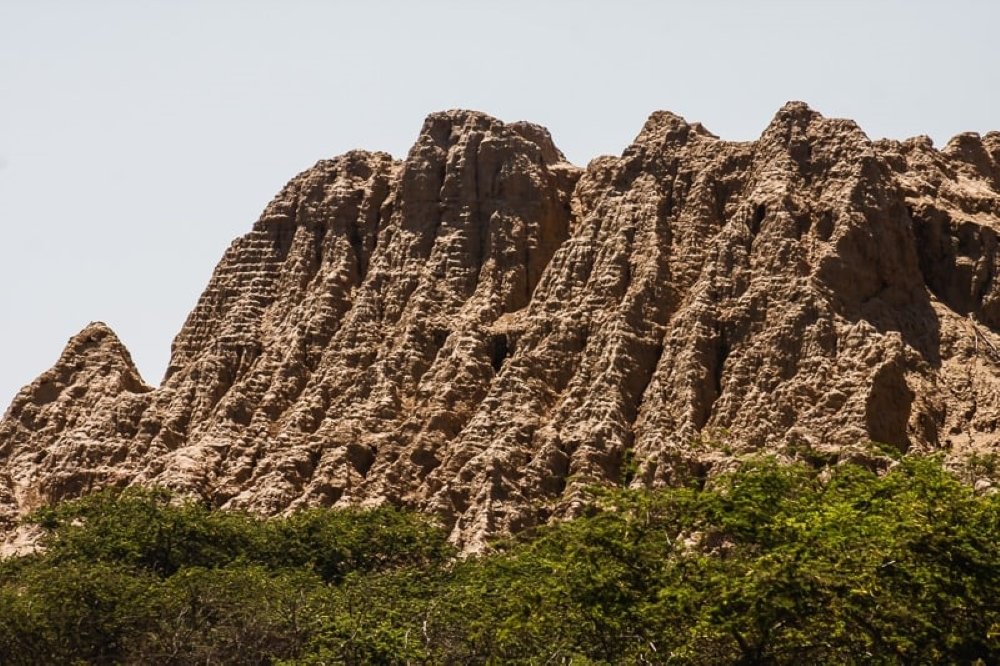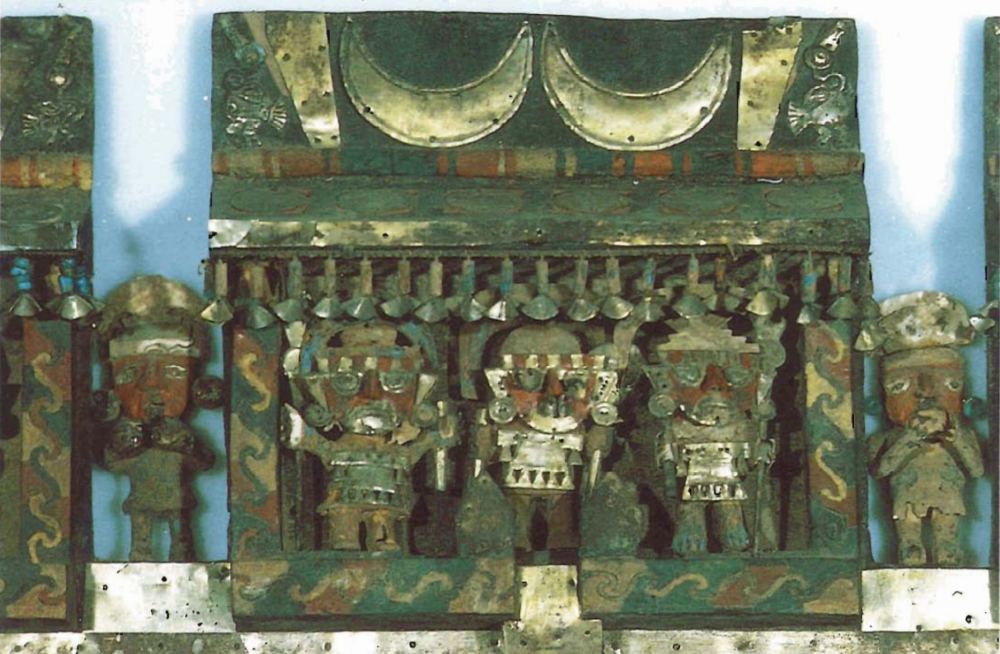Archaeological Complex of Sicán | Lambayeque
The Sicán Archaeological Complex, also known as Batán Grande, is an archaeological site located in the Lambayeque region, on the northern coast of Peru. This complex is famous for being the heart of the Lambayeque or Sicán culture, which flourished between 750 and 1375 AD.
The site contains numerous pyramids, tombs, palaces and irrigation canals, and has been the subject of major archaeological excavations since the 1970s. One of the most notable features of the Sicán Archaeological Complex is the Huaca Loro, a step pyramid believed to have been the ceremonial and administrative center of the Sicán culture.
History of the Archaeological Complex of Sicán | Lambayeque
The Sicán Archaeological Complex, also known as Batán Grande, has a fascinating history dating back to the Lambayeque or Sicán culture, which flourished in the northern region of Peru between 750 and 1375 AD.
- Origins
The Sicán culture developed in the Lambayeque region, a fertile area near the northern coast of Peru. This culture was characterized by its skill in metallurgy, especially in the production of gold and silver objects, and by its complex irrigation system for agriculture.
- Rise and peak
During its peak, the Sicán became a powerful state that dominated the northern region of Peru. They built monumental cities, such as the capital Batán Grande, which were part of a complex political and economic system. The city of Batán Grande was an important ceremonial and administrative center.
- Decline and abandonment
As the Sicán culture reached its peak, it also faced internal and external challenges. Internal conflicts, climatic changes and events such as El Niño contributed to the decline of the Sicán civilization. By the 14th century, the site of Batán Grande was in ruins and was completely abandoned.
-
Rediscovery and excavations
The Sicán Archaeological Complex was rediscovered by archaeologists in the 1970s. Since then, it has been the subject of extensive excavations that have revealed the cultural richness and complexity of the Sicán civilization. Numerous tombs of the Sicán elite have been discovered, as well as evidence of their art, architecture and irrigation systems.
- Recognition and conservation
Due to its historical and archaeological importance, the Sicán Archaeological Complex has been designated as a World Heritage Site by UNESCO in 1991. In addition, conservation measures have been implemented to protect the site and preserve its value for future generations.
In summary, the history of the Sicán Archaeological Complex is a testimony to the splendor and fall of the Lambayeque or Sicán culture, as well as to the ongoing efforts to understand and preserve this important cultural heritage of ancient Peru.

What can we find in the archaeological complex of Sicán?
The Sicán Archaeological Complex, also known as Batán Grande, houses a variety of structures and artifacts that offer a fascinating insight into the Lambayeque or Sicán culture. When exploring this archaeological site, you can find:
- Pyramids and platforms: The complex is dominated by impressive pyramids and stepped platforms that served as ceremonial and administrative centers. Huaca Loro is one of the most prominent pyramids and was likely the most important ceremonial center of the Sicán culture.
- Elite tombs: Numerous tombs belonging to the elite of Sicán society have been discovered. These tombs are richly decorated and contain impressive objects made of gold, silver, and ceramics, as well as evidence of human sacrifices and other funerary rituals.
- Irrigation canals: The Sicán culture was known for its advanced irrigation system, which allowed for the cultivation of large tracts of land. In the archaeological complex, you can find remnants of irrigation canals and other structures related to agriculture.
- Artifacts and ceramics: A large number of artifacts and ceramics have been recovered, shedding light on the daily life, religious beliefs, and ceremonial practices of the Sicán culture. These artifacts include jewelry, tools, textiles, and ritual objects.
- Monumental architecture: In addition to pyramids and platforms, the archaeological complex includes other types of monumental architecture, such as palaces and fortresses. These structures reflect the technical skill and architectural sophistication of the Sicán culture.
In summary, the Sicán Archaeological Complex provides a unique window into the world of the Lambayeque or Sicán culture, with its impressive structures, artifacts, and irrigation systems showcasing the complexity and splendor of this ancient civilization in northern Peru.












